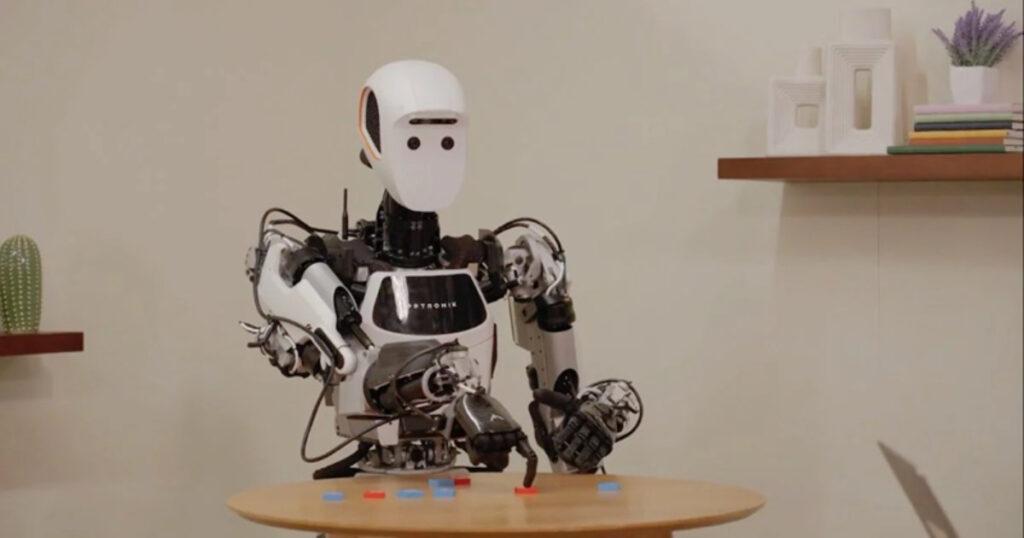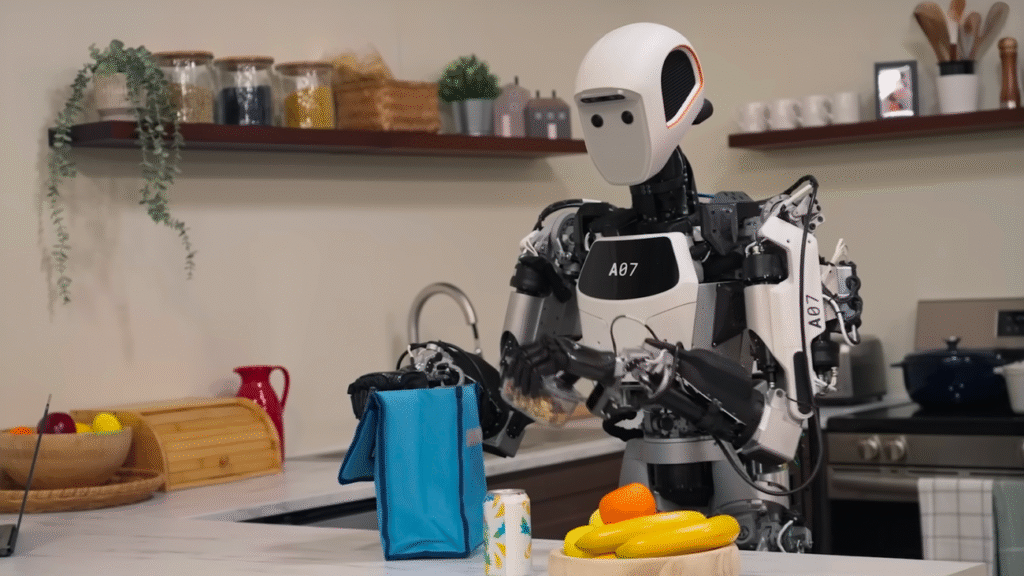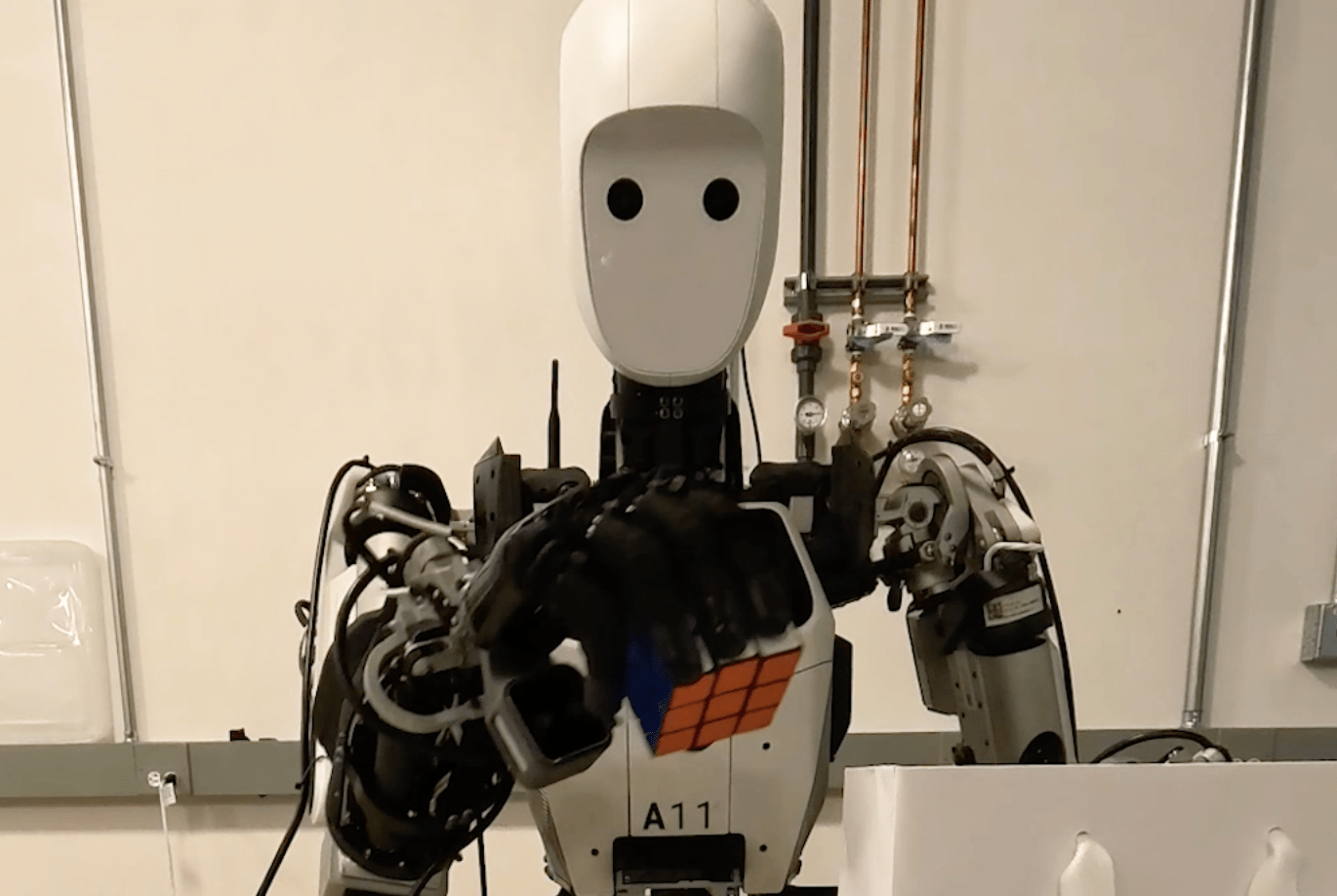In the ever evolving world of artificial intelligence few names carry the weight and credibility of Google DeepMind. Over the past decade, DeepMind has been at the forefront of AI research achieving breakthroughs that were once considered the stuff of science fiction from defeating world champions in complex games like Go to contributing to protein folding solutions that could revolutionize healthcare. But their latest development might just be the most practical and impactful leap yet.
DeepMind has unveiled an optimized AI model that can run directly on robots, eliminating the need for constant cloud connectivity and paving the way for a new era of truly autonomous machines.
The Shift Toward On Device Intelligence
For years AI in robotics has relied heavily on cloud based processing. Robots would collect data through their sensors and cameras, send it to powerful servers, process the information and then act accordingly. While this model has worked in controlled environments, it comes with significant limitations.
Latency, privacy concerns, security risks, and dependence on internet connectivity have all been hurdles to deploying robots in real world, unpredictable settings like homes, hospitals, warehouses, and even disaster zones.
Deep Mind’s optimized AI model fundamentally changes this. By running directly on the hardware of robots be it a humanoid assistant, a warehouse picker, or a delivery drone the AI enables split second decision making greater privacy, and true operational independence.

A Technical Triumph Making AI Lightweight Yet Powerful
The challenge in embedding advanced AI models into robots has always been one of scale. High performing AI systems, especially those dealing with vision, language, and motion planning, are notoriously resource hungry. They require immense computational power, memory and energy resources that compact, mobile robots simply can’t afford to waste.
DeepMind tackled this issue through a combination of model optimization, efficient algorithm design and hardware aware engineering. Their latest model retains the intelligence and decision making capabilities of larger, cloud based systems but is designed to function efficiently on low power processors embedded within robots.
In simple terms, this is akin to giving robots the brain they need to perceive, reason, and act all without constantly phoning home for instructions.
Real World Applications: From Labs to Living Rooms
Imagine a home assistant robot that can not only respond to basic voice commands but also navigate your home, recognize family members, and perform complex tasks all without relying on WiFi or external servers.
Picture a search and rescue drone that can adapt in real time to hazardous environments where connectivity is unreliable, making life saving decisions on the fly.
Or think of factory robots that can collaborate safely and intuitively with human workers, adjusting their behavior as needed, without cloud lag compromising efficiency or safety. These are no longer distant dreams. With DeepMind’s optimized on device AI these scenarios inch closer to reality.

AI That Aligns With Human Expectations
DeepMind’s achievement isn’t just technical it addresses a core human concern: trust.
People are understandably cautious about AI-powered machines especially when they operate in close proximity to humans or handle sensitive tasks. The new model emphasizes robust, explainable decision making. By processing information locally, it reduces the risk of data leaks cyberattacks and unpredictable behavior stemming from server outages or compromised networks.
Moreover, DeepMind’s system incorporates ethically aligned AI principles ensuring that robots’ behavior adheres to safety protocols, respects privacy, and can be audited for accountability.
The Road Ahead: Challenges and Opportunities
While this development marks a significant milestone, the journey toward widespread, reliable autonomous robots is far from over. Engineers and researchers must still address hardware constraints, battery life regulatory hurdles and public perception challenges.
However, DeepMind’s breakthrough brings us one step closer to that future. The prospect of intelligent, helpful machines seamlessly integrating into our daily lives supporting healthcare, enhancing productivity, responding to emergencies is becoming tangible.
A Quiet Revolution With Enormous Potential
In many ways, DeepMind’s optimized AI model for robots represents a quiet revolution. It won’t grab headlines like AI defeating grandmasters or generating human like text, but its real world implications are profound.
Autonomy, privacy, safety, and efficiency all bundled into the next generation of intelligent machines could transform how we live work and interact with technology.
And as these robots become more capable and independent, powered by efficient AI models running directly within them, humanity takes another bold step into the future we’ve long imagined.


1 thought on “Google Deep mind’s Optimized AI Model Runs Directly on Robots”